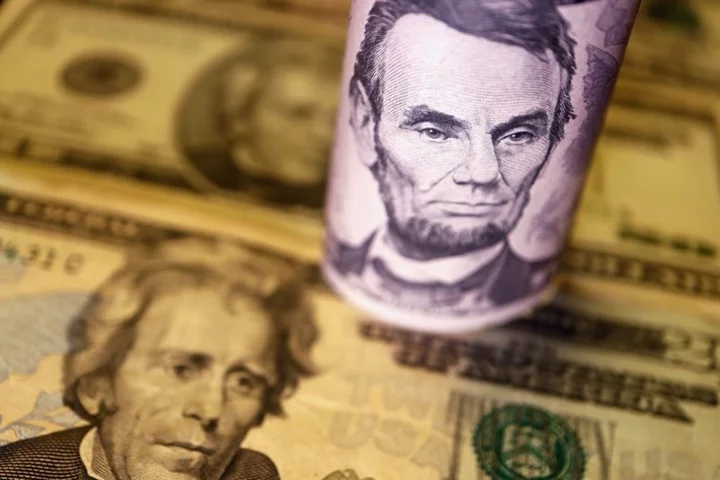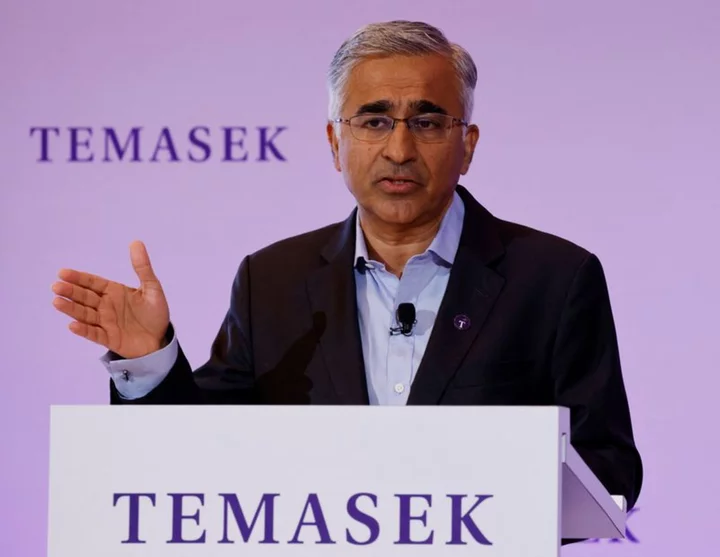By Gertrude Chavez-Dreyfuss
NEW YORK The U.S. Treasury's planned buyback of its outstanding securities next year is aimed at improving liquidity in the bond market, but it is unlikely to ease periods of extreme financial stress, a senior official said on Thursday.
In prepared remarks for the International Swaps and Derivatives Association conference in New York, Assistant Secretary for Financial Markets Josh Frost noted the importance of maintaining flexibility in providing liquidity support to certain sectors of the Treasury market.
But Frost said he wanted to make it clear "at the outset that these buybacks are not intended to ameliorate periods of acute market stress." Frost said unlike the Federal Reserve system, which can fund its bond purchases by creating reserves, each dollar of Treasury's buybacks would have to be financed with a dollar of debt issuance as well.
"This limits our ability to rapidly increase the size of buybacks to a level potentially necessary to alleviate market stress without resulting in significant costs for the taxpayer," Frost said.
Frost added that the corresponding rapid rise in debt issuance could significantly increase the Treasury's financing costs in times of crises.
The Treasury announced in May plans to implement a regular buyback program in 2024. The last time it conducted a regular buyback program was in the early 2000s and it ended in April 2002.
Next year when it relaunches the buyback scheme, the Treasury said in August that it intends to set a maximum amount that will be announced at each refunding. This will initially begin at $30 billion per quarter for purchases made for liquidity support, and $120 billion or the first year for buybacks made for cash management purchases.
Frost said debt buybacks can help improve liquidity in the bond market by providing a regular opportunity for market participants to sell back to Treasury off-the-run securities, which are older and less liquid, across the yield curve.
"This should improve the willingness of investors and intermediaries to trade and provide liquidity in these securities, all else equal, knowing there is a potential outlet to sell some of their off-the-run holdings," Frost said.
Liquidity in the world's largest bond market had been problematic for most of last year due in part to rising volatility as the Fed aggressively raised interest rates to bring down persistently high inflation.
The buyback program will also help Treasury's cash management by reducing the volatility in its cash balance and bill issuance, he pointed out.
Frost said that during periods of high tax receipts, its cash balance typically rises significantly, and Treasury tries to neutralize that by making substantial reductions in bill issuance. Frost noted that this volatility can be costly to the taxpayer by causing imbalances between supply and demand. It also potentially hinders the smooth functioning of the Treasury bill market.
"Conducting buybacks during these periods could help reduce some of this volatility," Frost added.
(Reporting by Gertrude Chavez-Dreyfuss; Editing by Will Dunham)









